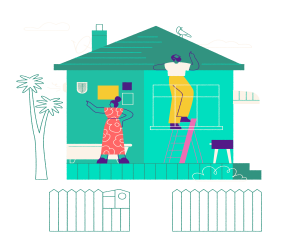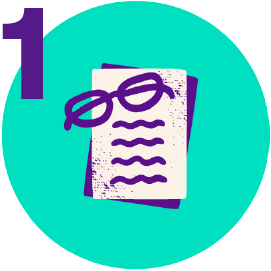From now:
Make a statement
You’ll need to include a statement about your intent to comply in any new, varied or renewed tenancy agreements and detail about your rental’s current level of compliance with the healthy homes standards in new or renewed tenancy agreements.
Find out what statements you need to include(external link)
Keep your paperwork
Make sure you keep all relevant documents as evidence of compliance with the healthy homes standards.
Find out what sorts of documents you should keep(external link)
Raise the standard
From July 2021
- Boarding houses must comply with the healthy homes standards
- Between 1 July 2021 and 1 July 2025, all private rentals must comply with the healthy homes standards within certain timeframes depending on when the new tenancy starts or is renewed. Certain types of properties may get a little longer to comply with the heating standard.
Find out when your rental needs to meet the standard(external link)
From July 2024
- All Kāinga Ora (formerly Housing New Zealand) houses and registered Community Housing Provider houses must comply with the healthy homes standards.
From July 2025
- All rental homes must comply with the healthy homes standards.
Full details on the compliance timeframes(external link)
Healthy homes standards guide [PDF, 1.3 MB]
 Between 1 July 2021 and 1 July 2025, all private rentals must comply with the healthy homes standards within certain timeframes depending on when the tenancy starts or is renewed.
Between 1 July 2021 and 1 July 2025, all private rentals must comply with the healthy homes standards within certain timeframes depending on when the tenancy starts or is renewed.


